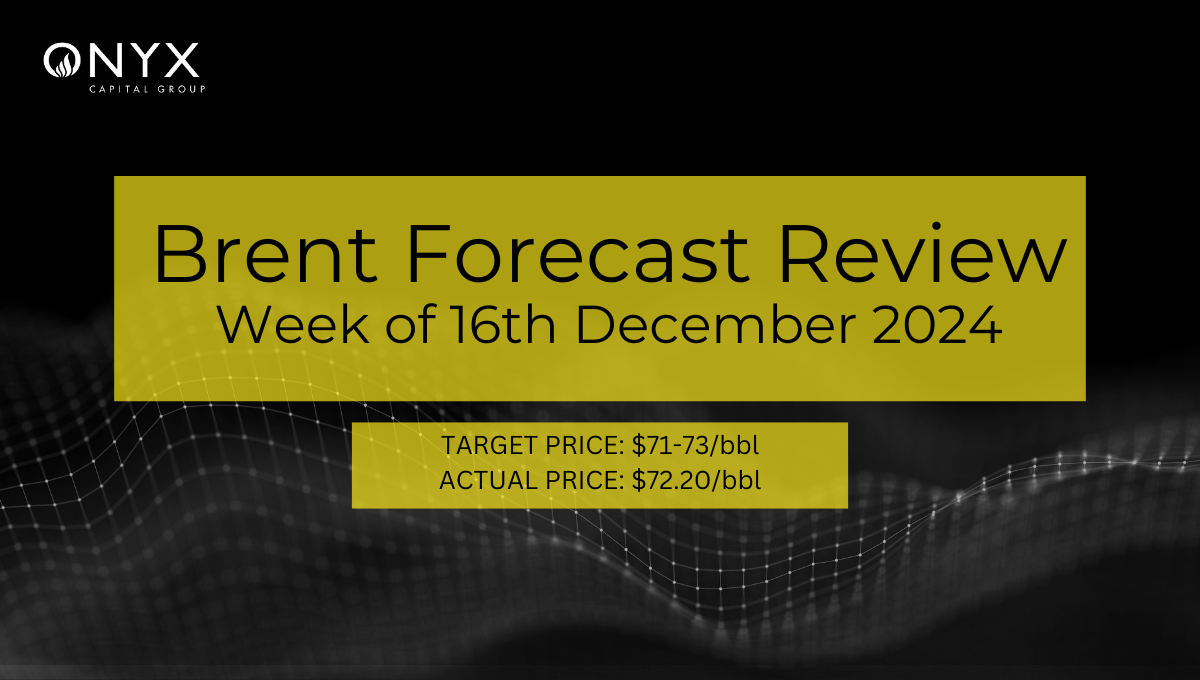Over the weekend, OPEC+ announced the extension of their oil production cuts into 2025, with the possibility of unwinding voluntary cuts from October 2024. The 3.66mbpd of cuts that were due to expire in June 2024 extended to the end of 2025, while the voluntary reductions of 2.2mbpd by eight members – including Saudi Arabia and Russia – were prolonged to the end of Q3. The decision underscores the producer group’s gamble on stronger oil demand in the second half of the year, per their projections of a 2.25mbpd growth in 2024. The OPEC forecast for world demand growth nearly exactly matches the voluntary production cuts, and that could be a coincidence. However, this will also be based on the outcome of the US Presidential Election, which will have implications for supply and demand balances.
Given that no barrels will be immediately added to the market, the flat price reaction overnight was relatively muted. The August Brent futures traded around the $81/bbl level on Monday, having been on a downtrend from $84/bbl levels since May 29. Meanwhile, the July Brent futures expired at $81.61/bbl, where the market witnessed significant fluctuations throughout expiry day. The cash spread (Jul/Aug BFOETM) opened at -65c/bbl, reaching highs of +25c/bbl but falling to -25c/bbl by the end of the day. Like the previous month, Gunvor was the major buy-side player in the cash spread.

Meanwhile, CFTC data indicates that money managers withdrew bullish positions for the fourth consecutive week, albeit to a lesser extent than previous weeks, at 3.1mbbls (-1.2%). On the other hand, their long positions in WTI futures increased for the second consecutive week, adding 17.7mbbls (8.2%). These have contributed to a narrowing of the WTI/Brent spread over the past weeks. Sentiment is diverging between Brent and WTI futures for money managers, with their net positioning trending in opposite directions.

The market is in a wait-and-see mode, with geopolitical risk now taking a backseat and price action influenced by technical indicators. Apart from summer driving season and potential supply shocks including refinery outages, traders will be closely looking out for macroeconomic data which could hint at demand cues. China’s factory activity grew at the fastest in about two years in May, with the Caixin manufacturing PMI rising from 51.4 to 51.7 month-on-month. However, this contrasts with an official PMI survey on Friday that showed a surprise fall, at 49.5. Key data this week include US manufacturing and services PMI, the European Central Bank interest rate decision, as well as US non-farm payrolls. Overall, we do not see further downside at current flat price levels whilst there is further capacity for long money managers to return. We therefore forecast Brent crude prices to remain rangebound and neutral this week between $80 to $82/bbl.

